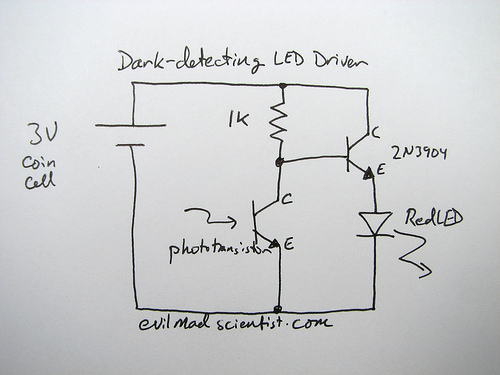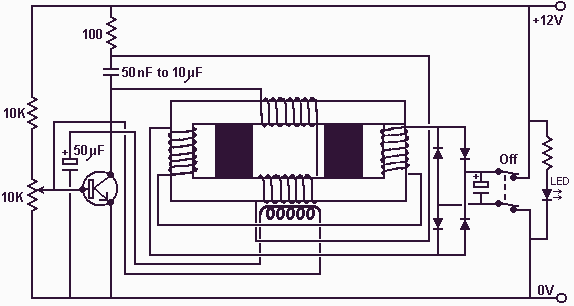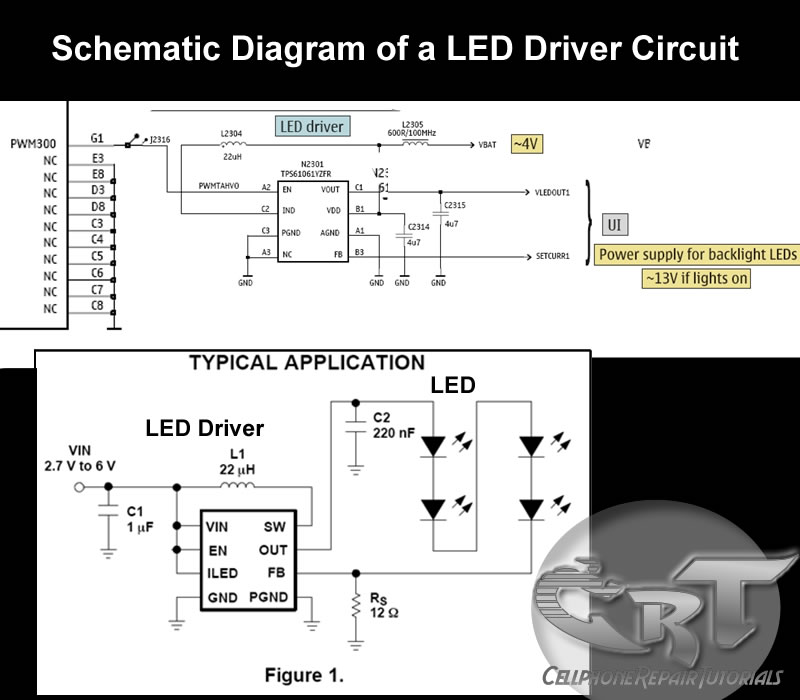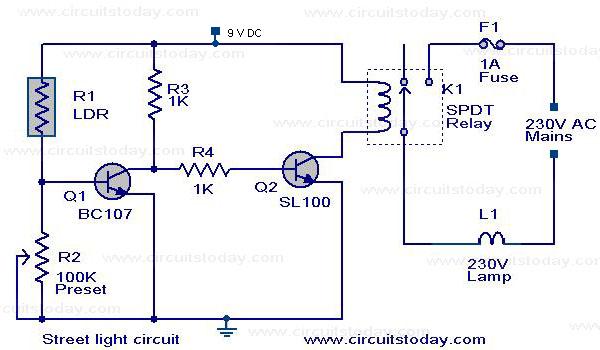
simple 20 watt tube emergency light
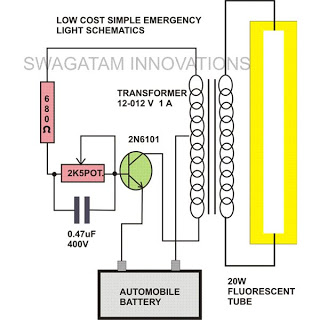
This simple home emergency light circuit utilizes very few components while still being capable of producing a reasonable amount of illumination. The components used are common and can be easily sourced from local electronic retailers. The oscillations induce an alternating current (AC) in the secondary winding of the transformer, which is further induced into the primary winding of the transformer and stepped up to the corresponding rated value. The transformer employed is a standard 12-0-12 volt, 1 Amp rated unit, which can often be salvaged from old power supply units found in electronic junk boxes. The transistor used in this circuit is a common type; a 2N6101 is specified, but alternatives such as the 2N3055 or D1351 may also be used. However, it should be noted that full striking brightness of the tube light cannot be expected from this circuit. Testing has shown that the circuit does not achieve the specified striking brightness of the tube light.
The home emergency light circuit is designed to provide illumination during power outages using minimal components, making it cost-effective and accessible for hobbyists and DIY enthusiasts. The circuit typically consists of a transformer, a transistor, a tube light, and a few passive components such as resistors and capacitors.
The transformer plays a crucial role in stepping up the voltage. In this design, the 12-0-12 volt transformer is configured to provide the necessary voltage to the tube light when the circuit is activated. The primary winding receives power, and the oscillations created in the primary induce a higher voltage in the secondary winding. This induced voltage is what powers the tube light.
The choice of the transistor is also important for the circuit's operation. The 2N6101 transistor is selected for its ability to handle the required current and voltage levels. Alternative transistors like the 2N3055 or D1351 can be substituted, although they may affect performance characteristics such as switching speed and current handling. It is essential to ensure that the transistor can handle the load presented by the tube light.
In terms of circuit performance, while the design is capable of producing light, it may not achieve the full brightness specified for the tube light. This limitation is attributed to the inherent characteristics of the circuit, including the efficiency of the transformer and the properties of the chosen transistor. Therefore, while the circuit is functional and serves its purpose as an emergency light, users should have realistic expectations regarding its brightness output.
Overall, this circuit represents a straightforward approach to creating a home emergency lighting solution, utilizing readily available components and demonstrating essential principles of electronics such as voltage transformation and transistor switching.This simple home emergency lights uses very few components yet is able to produce a reasonable amount of light. The components used are very common and can be easily procured from the local electronic retailer. This oscillations forces an AC in the secondary winding of the transformer which is further induced into the primary of thetransformer
and stepped up to the corresponding rated value ofthe transformer. The transformer used is an ordinary 12-0-12 volt 1Amp rated, it can be retrieved from any old, junk power supply unit that might be lying in your electronic junk box. The transistor also is an ordinary type, here a 2N6101 is shown, but any other similar type will do. You may try a 2N3055 transistor or even a D1351 in place of the specified one. However you cannot expect full striking brightness from this circuit. When I tested this circuit, I could never bring the tube light to its actual specified striking brightness.
🔗 External reference
The home emergency light circuit is designed to provide illumination during power outages using minimal components, making it cost-effective and accessible for hobbyists and DIY enthusiasts. The circuit typically consists of a transformer, a transistor, a tube light, and a few passive components such as resistors and capacitors.
The transformer plays a crucial role in stepping up the voltage. In this design, the 12-0-12 volt transformer is configured to provide the necessary voltage to the tube light when the circuit is activated. The primary winding receives power, and the oscillations created in the primary induce a higher voltage in the secondary winding. This induced voltage is what powers the tube light.
The choice of the transistor is also important for the circuit's operation. The 2N6101 transistor is selected for its ability to handle the required current and voltage levels. Alternative transistors like the 2N3055 or D1351 can be substituted, although they may affect performance characteristics such as switching speed and current handling. It is essential to ensure that the transistor can handle the load presented by the tube light.
In terms of circuit performance, while the design is capable of producing light, it may not achieve the full brightness specified for the tube light. This limitation is attributed to the inherent characteristics of the circuit, including the efficiency of the transformer and the properties of the chosen transistor. Therefore, while the circuit is functional and serves its purpose as an emergency light, users should have realistic expectations regarding its brightness output.
Overall, this circuit represents a straightforward approach to creating a home emergency lighting solution, utilizing readily available components and demonstrating essential principles of electronics such as voltage transformation and transistor switching.This simple home emergency lights uses very few components yet is able to produce a reasonable amount of light. The components used are very common and can be easily procured from the local electronic retailer. This oscillations forces an AC in the secondary winding of the transformer which is further induced into the primary of thetransformer
and stepped up to the corresponding rated value ofthe transformer. The transformer used is an ordinary 12-0-12 volt 1Amp rated, it can be retrieved from any old, junk power supply unit that might be lying in your electronic junk box. The transistor also is an ordinary type, here a 2N6101 is shown, but any other similar type will do. You may try a 2N3055 transistor or even a D1351 in place of the specified one. However you cannot expect full striking brightness from this circuit. When I tested this circuit, I could never bring the tube light to its actual specified striking brightness.
🔗 External reference
